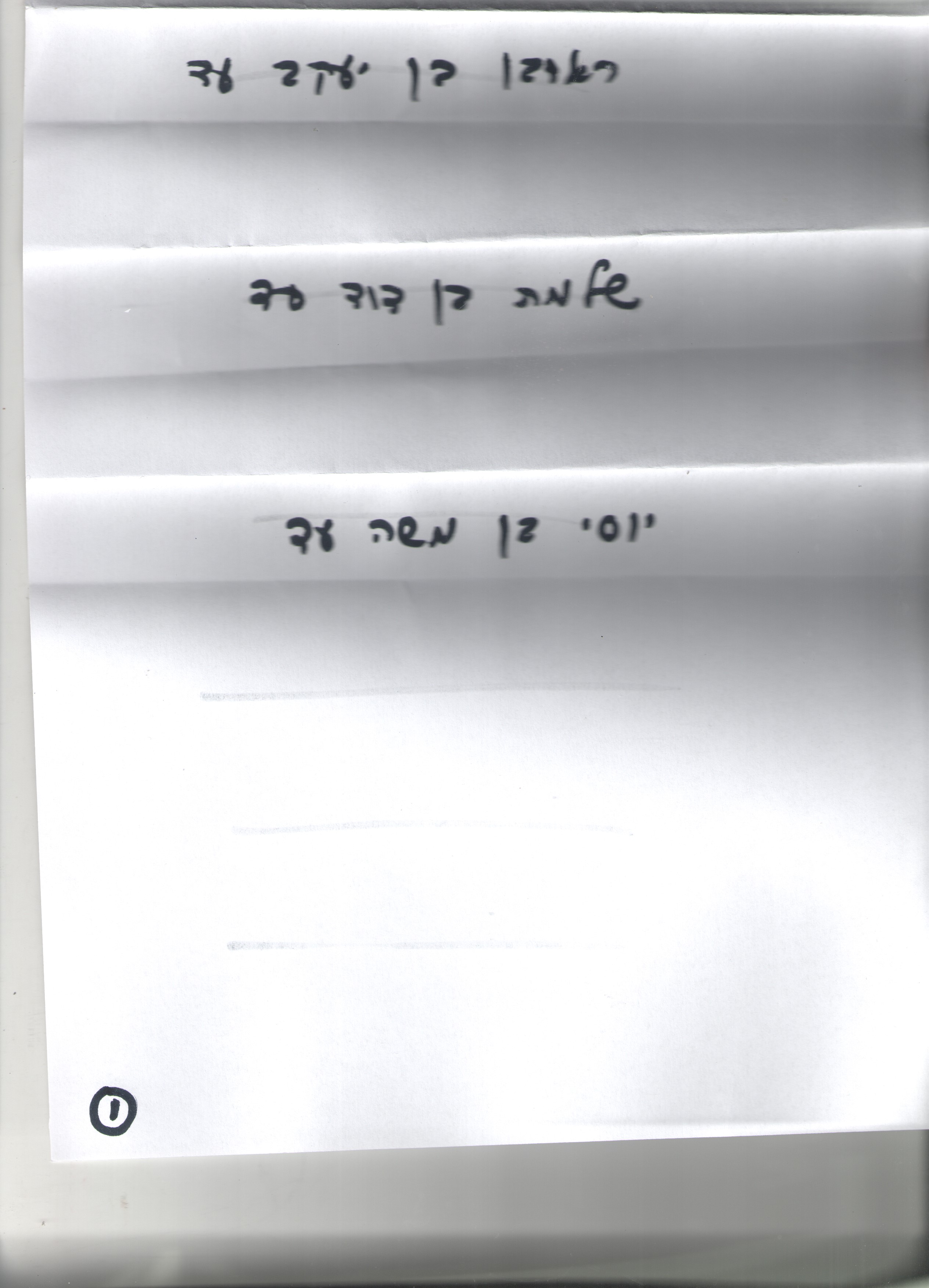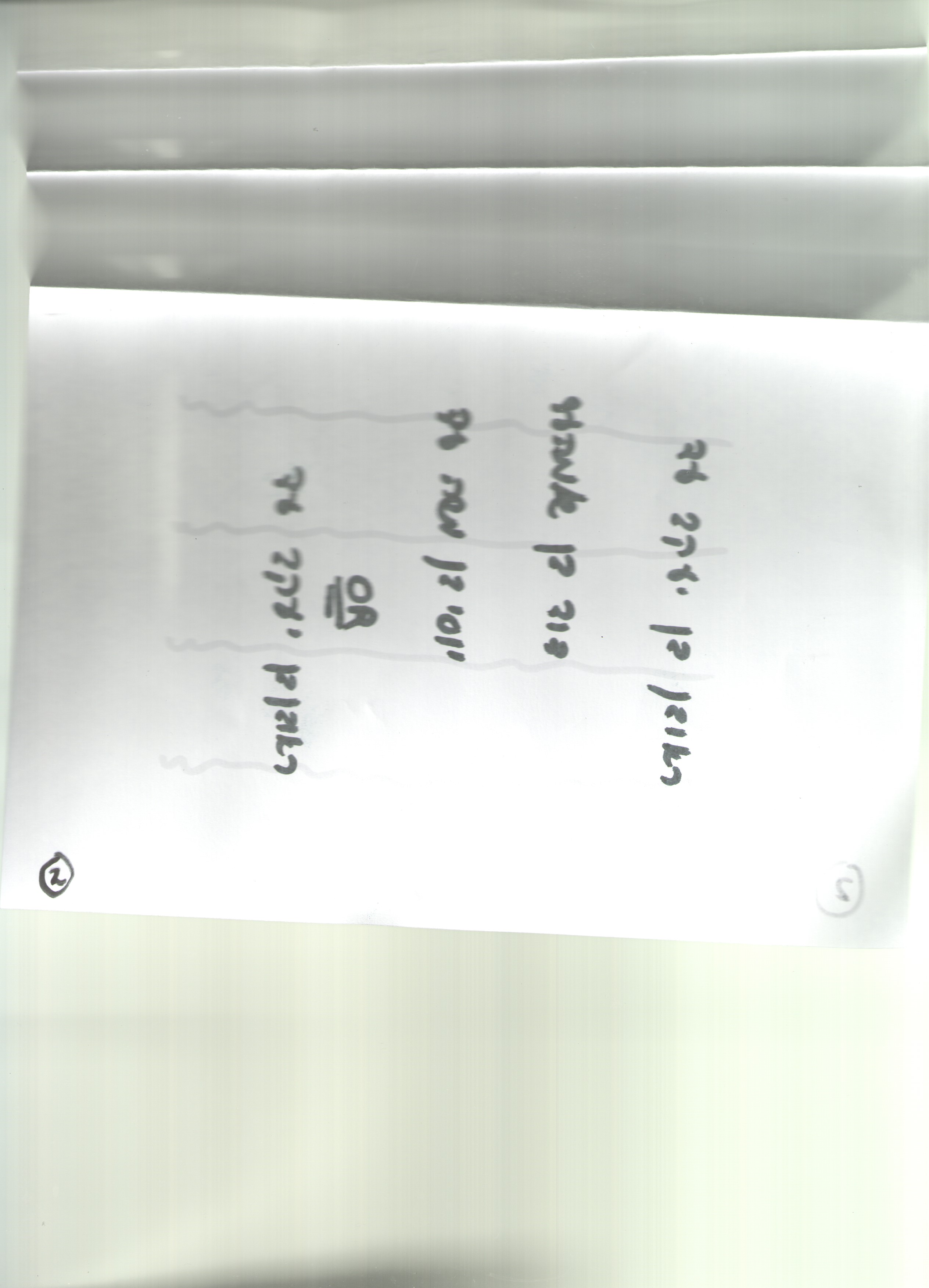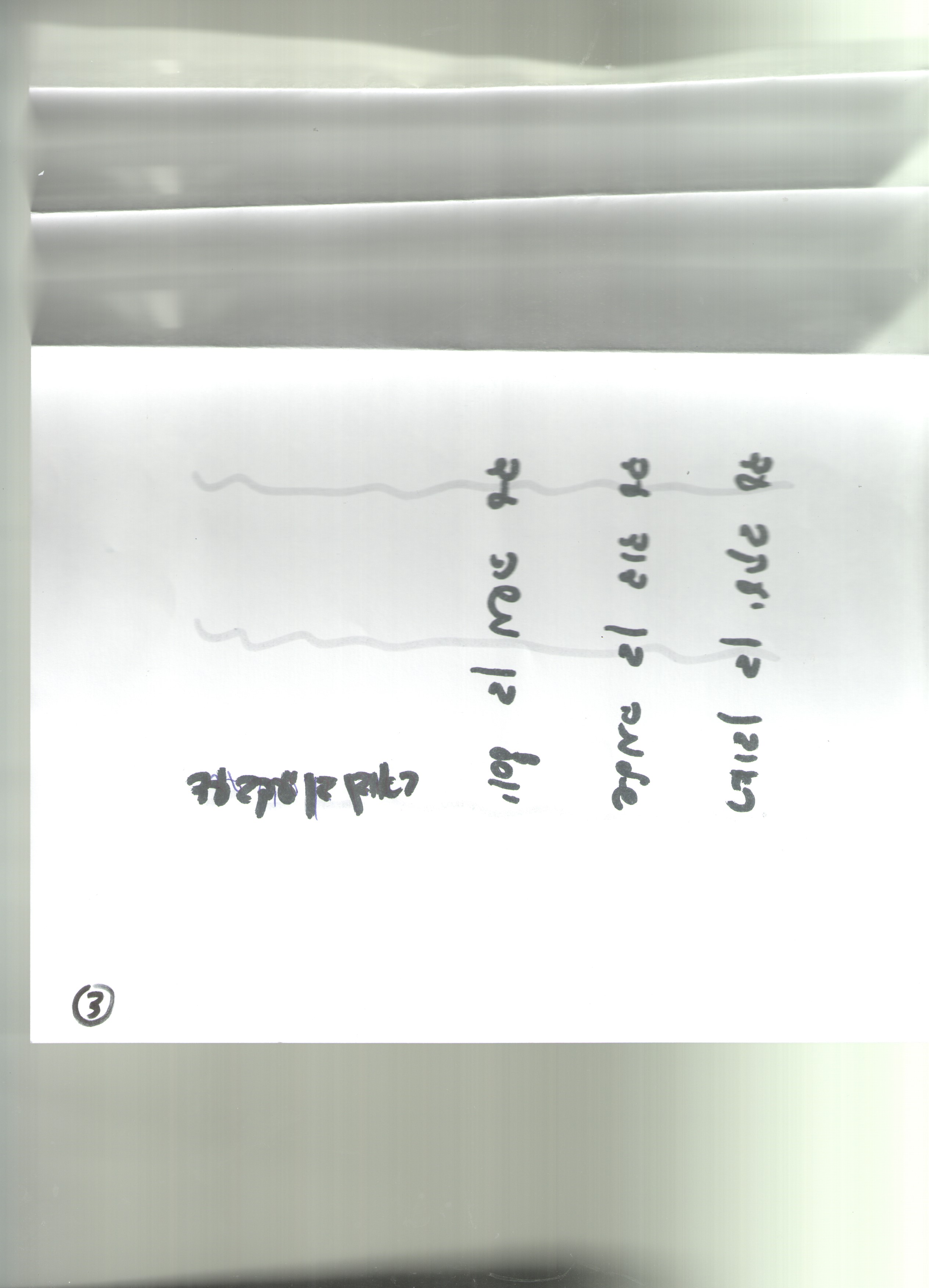The gemara discusses why in particular cases one side needs to pay for the document to be written or why the mishna needed to specify that they needed to pay – isn’t is obvious? A classic case of asmachta is brought – where one pays back part of one’s loan and both sides agree to give the document to a third party (instead of writing a receipt that part was paid). If the borrower declares, “I will pay by a particular date and if not, you can return the document to the creditor,” there is a debate about whether or not the creditor can claim the whole amount (in the event that the loan is not paid back on time). The gemara concludes that asmachta is not a valid transaction and one would not need to pay in this case. What does one do if the document is erased or torn?
Podcast: Play in new window | Download
Subscribe: Apple Podcasts | Spotify | RSS


